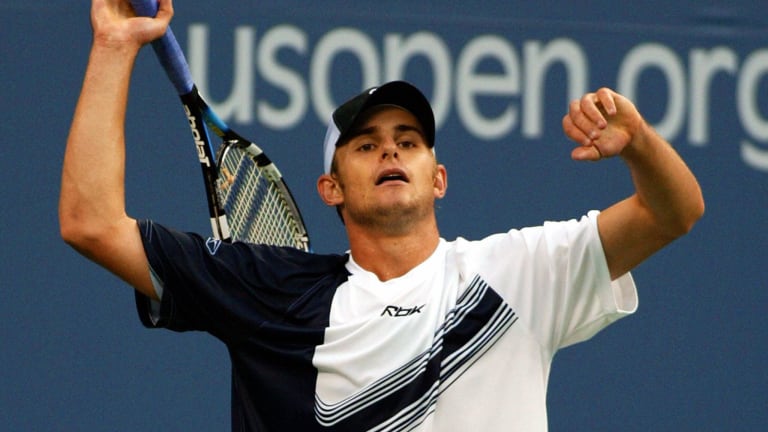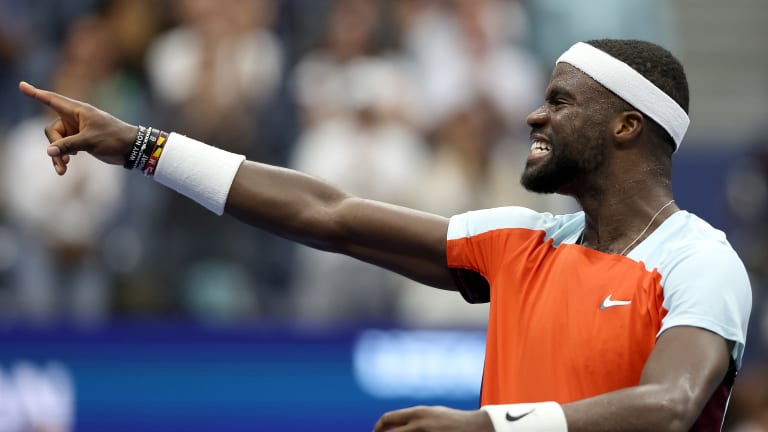News
#tbt: Andy Roddick comes of age in first US Open semifinal in 2003
By Sep 08, 2022News
Adrian Mannarino headbutts racquet butt cap and draws blood, recalling Mikhail Youzhny
By Jan 03, 2024News
22-year-old Iga Swiatek to surpass 20 million dollars in career prize money
By Aug 28, 2023News
20-year-old Carlos Alcaraz surpasses 20 million dollars in career prize money
By Aug 21, 2023News
The ITF's Katrina Adams stays on the front lines for women with the Tory Burch Foundation Sports Fellowship
By May 02, 2023News
Daniil Medvedev, Stefanos Tsitsipas hit major career prize money milestones after Monte Carlo
By Apr 17, 2023News
Petra Kvitova on that tie-break against Rybakina: “I think it was the longest one I ever played in my life”
By Apr 02, 2023News
Barbora Krejcikova surpasses $10 million in career prize money after Indian Wells
By Mar 20, 2023News
Carlos Alcaraz gives shelter to ballkid as rain starts pouring in Rio
By Feb 22, 2023News
Gabriela Sabatini among packed crowd in Buenos Aires to watch Carlos Alcaraz’s comeback match
By Feb 16, 2023#tbt: Andy Roddick comes of age in first US Open semifinal in 2003
The last American man to make a US Open semi until Frances Tiafoe in 2022, the newly-turned 21-year-old rallied from match point down to conquer David Nalbandian en route to his first Grand Slam victory.
Published Sep 08, 2022
Advertising

From match point down, Andy Roddick's game-changing serve carried him through a five-set thriller against David Nalbandian.
© AFP via Getty Images
Advertising

Roddick carried that momentum through a straight-set final over Juan Carlos Ferrero, making him the last American man to win the US Open.
© Getty Images

16 years after Roddick's last US Open run in 2006, Frances Tiafoe has taken up the mantle as the future of American men's tennis by making the semis in Flushing Meadows.
© Getty Images